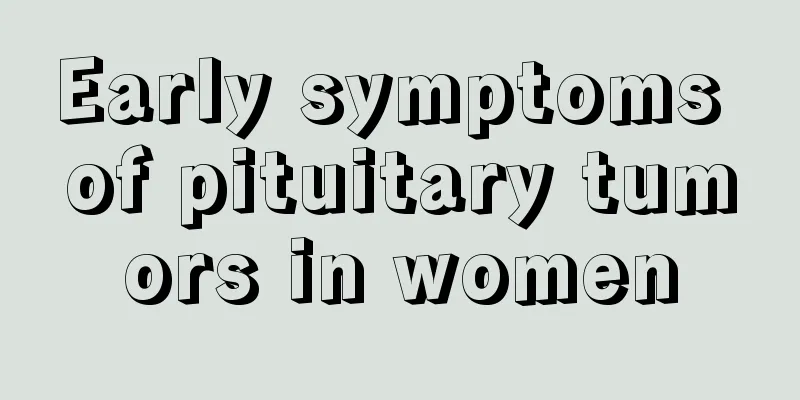How to maintain ovaries at the age of 46

|
When women reach the age of 25, their skin will slowly begin to age, fine lines will begin to appear, and there will be some spots on the skin. If you don't take care of your body in the long run, your body will look very old. Now we all pay special attention to health, because our living conditions are better now, and we have the energy to do some maintenance. In normal times, only by taking good care of our ovaries can we make our body healthy. So how do you take care of the ovaries at the age of 46? Some women, before reaching menopause, experience a series of symptoms of ovarian decline at the age of 40 or earlier, such as low estrogen levels, ovarian atrophy, breast atrophy and sagging, loose and rough skin, frequent dreams, palpitations, amenorrhea, etc., causing women to leave "youth" early. Eat more foods rich in phytoestrogens on a daily basis, such as soybeans, lentils, cereals, wheat, black rice, sunflower seeds, onions, etc. Making soy milk with soybeans, red beans, and black beans and drinking it every day is a good way to safely supplement phytoestrogens and should be maintained for a long time. Supplement vitamin E at half of the maximum daily intake. Vitamin E not only enhances ovarian function, but also has the effects of anti-cellular oxidation and anti-cellular lipid peroxidation, ultimately playing an anti-aging effect. It is not advisable to stay up late often. Under great pressure, you should learn to combine work and rest, relax your body and mind, and strengthen physical exercise; yoga, swimming, etc. are important ways to release physical and mental stress, maintain ovaries, and increase bone density. Cultivate your own interests and hobbies: Experts point out that many modern women suffer from premature ovarian failure due to excessive nutritional and psychological pressure. Cultivating a wide range of interests and hobbies, listening to more music, and planting some flowers and plants can all help regulate your emotions. Grasp the time of childbearing: In today's society, the childbearing age is generally getting older and older. Long-term use of contraceptives, older age of first pregnancy, and no breastfeeding are all likely to lead to premature ovarian failure. Now we know how to maintain the ovaries at the age of 46. We should take the maintenance of women's ovaries seriously, because our bodies are beginning to age. We must maintain them for our skin and our health. As long as the methods are correct, it will have many benefits to our bodies. Women should love themselves well. |
<<: How to maintain ovaries after 40 years old?
>>: How do 50-year-old women maintain their ovaries?
Recommend
What are the best ways to enlarge your breasts naturally?
As a perfect woman, you not only need to have a p...
How to store crabs bought today for tomorrow's consumption? Can crabs bought today be stored until tomorrow?
We all know that crab is a popular delicacy. Ther...
Nipple pain in a woman in her 40s
Some female friends often suffer from nipple pain...
I feel dizzy and want to vomit. Is it because I am pregnant?
When a woman becomes pregnant, she will experienc...
How to wear a condom for girls_How to wear a condom for girls
In fact, female friends don’t know that there is ...
Menopausal finger joint pain
Menopause is a normal physiological phenomenon. G...
Do cervical polyps have to be removed?
After the age of 30, women's resistance will ...
How to remove obvious beard for women
It is a sign of perfection for men to have a bear...
What to do if you have a fever while breastfeeding due to mastitis
Many mothers do not know much about parenting kno...
Is it necessary to have a confinement period after a caesarean section?
Although women who have cesarean sections do not ...
What to do if you have dysmenorrhea and fever
I believe everyone is familiar with dysmenorrhea,...
What medicine can I take to restore my menstrual period to normal?
Under normal circumstances, women will have menst...
What kind of desk lamp should I buy for my child? What kind of desk lamp can I buy to prevent myopia in my child?
Table lamps are very common in our lives, but fac...
How much does hysteroscopic surgery cost?
Through hysteroscopic examination, the internal e...
What are the dangers of vulvar leukoplakia
Vulvar leukoplakia is a common gynecological dise...









